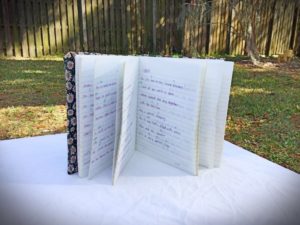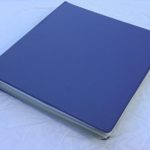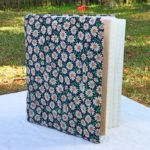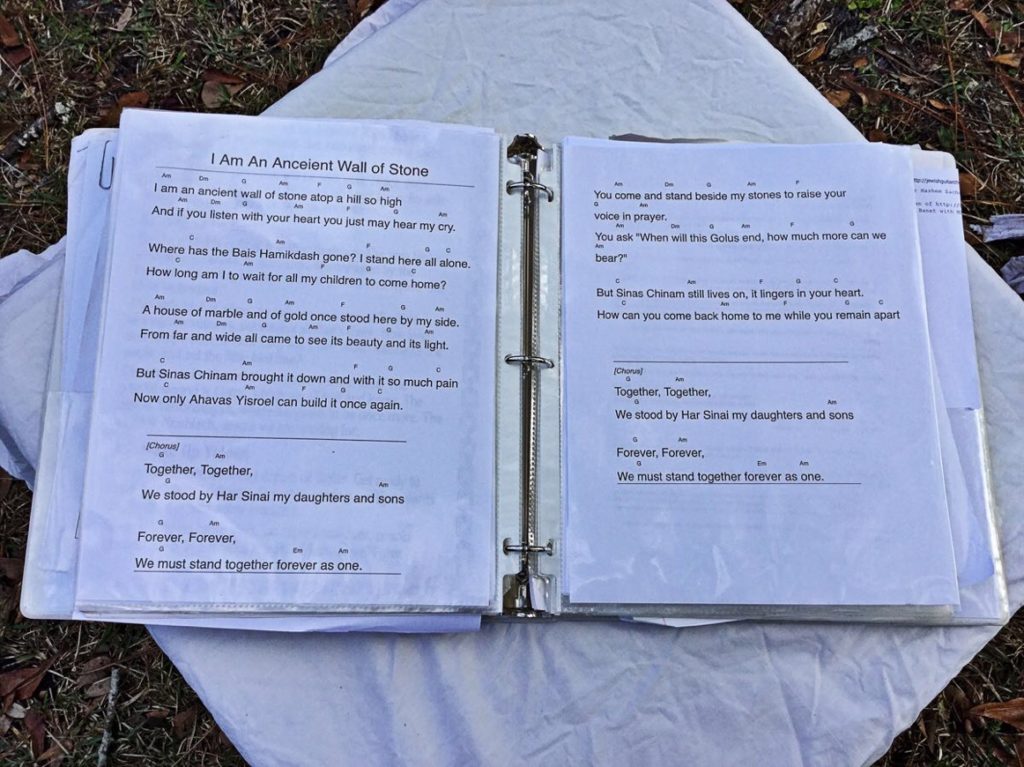Solve “I don’t know what to play”/ “I don’t know how to play that song” problems
Can you relate to either of these scenarios?
1: Don’t know how to play the song
You have a friend over at the house. She spots your instrument and asks, “You play?”
You: “Yes, I do!”
You: Uh oh, I know what the next question is going to be!!
Friend: “Wow! Can you play [song you don’t know]?”
Uncomfortable silence.
You: “Um, I don’t know that song.”
Friend: “Okay. How about [another song you don’t know]?”
You: Aaaaaah! I thought I knew how to play!!!
2: Can’t think of anything to play
You sit down at the piano to play.
You: Hmmm. What should I play?
You: That song? Nah, I play that song every time.
You: There has to be something good I can play today . . .
Solution: The Book
When I was in seminary in Eretz Yisroel, it was customary to bring home gifts for family at the end of the year. I no longer remember most of what I brought home – probably some useless knickknacks of some sort.
But one gift still stands out in my mind. It was a gift that I did not buy. Instead, I spent hours and hours working on this gift for my younger sister. I wanted to give her something that she could really appreciate and use.
My special creation was a songbook. It contained the lyrics and chords to all of our favorite songs. I even bought some fabric and added a padded cover to the otherwise plain, lined notebook.

Inside the song book: lyrics with chords on top
I know this gift was appreciated because it got a lot of use! And I was reminded about it just a few weeks ago. My sister texted me while sitting in front of the upright piano on a recent visit to my parents’ house: “I wish I had brought my piano book!”
That brings us back to where we began: a simple solution to the problems of “I don’t know how to play that song” and “What should I play now?”
A Songbook!!
You start out with some songs you know and love and then keep adding as you go. If you’re asked to play a song you don’t know, you add that song later and will have it the next time. If you can’t think of a song to play, you just leaf through the pages until you find a song that meets your mood.
The best part is that it doesn’t have to take you hours and hours to make (like it took me to create by hand without the benefit of internet many years ago!).
With minimal materials and just a few easy steps, you can have your own customized songbook!
DIY Songbook
Materials
- Binder
- Sheet Protectors
- Paper
- Printer
How to assemble your customized songbook
-
Find chord sheets or sheet music of songs you like or play often.
You can also find chord sheets here.
Chords for guitar and piano are the same.
I cannot vouch for the accuracy of these chords. Songs are contributed by users, so some will be more on target than others. -
Print the songs.
-
Place each song into a sheet protector.
You can fit 2 songs in each sheet protector – one facing front and another facing back. If a song has more than one page, arrange them so that the pages face each other – ie, page 1 facing the back of one sheet protector and page 2 facing the front of the next sheet protector.
-
Place sheet protectors into binder.

Be sure to include some empty sheet protectors so you can easily add more songs in the future!
Add new songs as you learn to play them or as you come across them. You will soon have a huge song library at your disposal!
-
Optional: Organize/sort songs by key, composer, level of difficulty, or any other category you like.
-
Optional: Design a cover for your book.
Enjoy your Songbook!
You now have a durable, easy-to-sort, and easy-to-add-to songbook!
Never be at a loss for a song to play again!
Why chord sheets are an excellent choice for your songbook
Playing with chords is perfectly suited to this type of convenient book! Once you learn and are comfortable with some basic chords, you can play any song that has those chords with little to no preparation.
For example, if you are preparing for an informal kumzits, you might print out a bunch of songs (lyrics and chords) that you think you might want to play. Once you have mastered and are comfortable playing the chords you need (in other words, if you know how to play chords), a quick run-through is all that it takes to prepare yourself for the kumzits.
Compare that to the level of preparation you would need to play the same songs from notes. For most people, this would require hours of practice!
This is one of the many reasons I love chords so much. It saves tons of time and effort in learning how to play in general and in learning to play specific songs as well.
If you don’t already play with chords . . . Learn Today!



Pingback: Chamol – Play Jewish Music